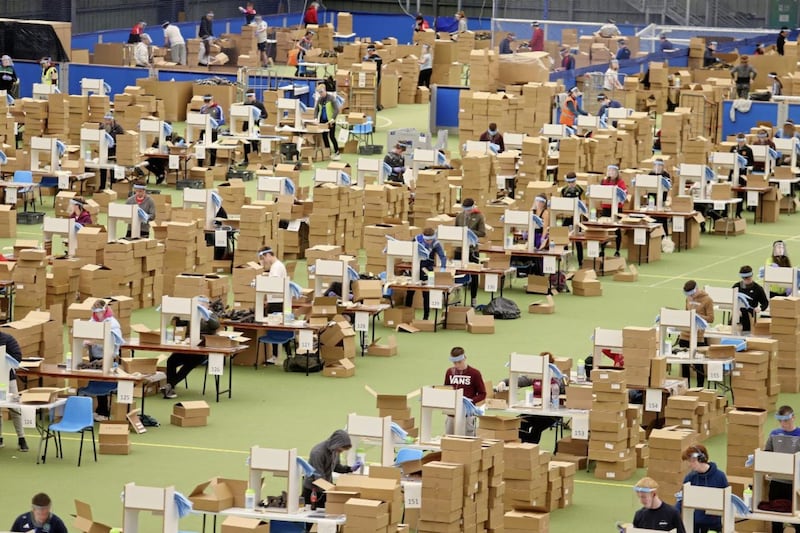THE performance of the north’s services sector over the summer saw it finally recover the ground it lost in the aftermath of the 2007/08 global financial crash, new official data has shown.
The index of services reached a record level of output over the June to September 2021 period, reaching the same level recorded in the fourth quarter of 2006.
It followed a summer boom in ‘staycations’ and a relaxation of restrictions across the hospitality sector, which led to a 2.8 per cent rise in output over the quarter, leaving it 5.7 per cent ahead of the summer of 2020.
But the rapid spread of Omicron and the subsequent impact on the hospitality sector in the fourth quarter of 2021, means the recovery could be short-lived.
The Northern Ireland Research and Statistics Agency (Nisra) said output in the services sector in the third quarter was 2.2 per cent above pre-pandemic levels at the end of 2019.
By comparison, the UK’s services sector remains 0.7 per cent below.
But the north’s production sector, which includes the manufacturing, energy and waste sector, saw no change over the summer.
The index of production in the third quarter was up 3.6 per cent on the summer of 2020, but output remained the same as the second quarter
The data showed strong growth in the water, sewerage and waste sector, which includes recycling.
But energy and the mining/quarrying sectors saw decline.
Overall, the index of production in the third quarter was just 0.1 per cent behind levels reported at the end of 2019.








